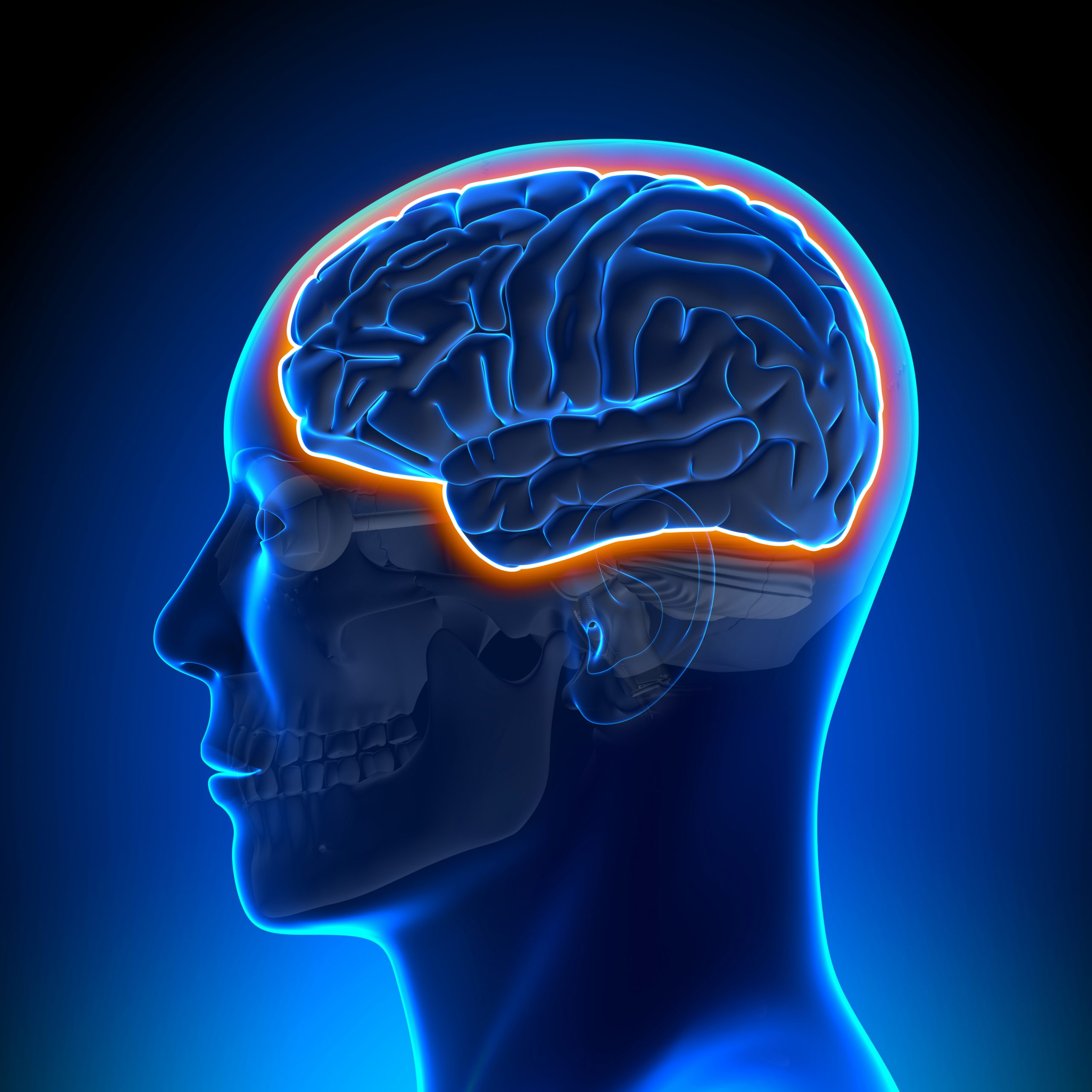New Method of Electrical Stimulation Eases Essential Tremor Syndrome

decade3d - anatomy online/Shutterstock
Scientists have developed a new method of noninvasive electrical stimulation that can suppress tremors in people with essential tremor syndrome by interfering with the abnormal brain waves that trigger them.
According to the research team, if proven effective in larger studies this new method may be adopted as a way to treat essential tremor syndrome, including those that occur in Parkinson’s disease patients.
“Tremor is a very debilitating symptom in some of our patients. Unfortunately, currently available treatments provide relief only in a proportion but not all patients. We hope that if our new technique proves successful in larger trials, it could be developed into a safe and effective therapy for more of our patients,” Sebastian Schreglmann, MD, PhD, said in a press release. Schreglmann is a researcher at the Queen Square Institute of Neurology at the University College London (UCL), and first author of the study.
Their findings were described in the study, “Non-invasive suppression of essential tremor via phase-locked disruption of its temporal coherence,” published in the journal Nature Communications.
Tremors are a common manifestation of certain neurological disorders, such as Parkinson’s and essential tremor syndrome. They can affect different parts of the body, including the hands, legs, and head, making it difficult for patients to perform basic tasks.
These involuntary jerky movements are thought to be caused by abnormal brain waves arising in regions that are responsible for controlling body movements. Yet, the precise mechanisms underlying the formation of these abnormal brain waves are still unclear, making it even more difficult for physicians to successfully treat patients’ symptoms with medications.
In some cases, brain surgery may be the only option, but this form of treatment is highly invasive, carries risks, and is not readily available at all treatment centers.
Researchers at UCL and their colleagues now may have discovered a noninvasive method that can be used to suppress tremors in these patients. The new technique is based on the idea of using electrical impulses to specifically interfere with some aspects of the abnormal brain waves that are thought to trigger tremors.
“Tremors are caused by abnormal synchronisation in the motor areas of the brain but the biological processes underlying them are still not well understood. By targeting the temporal pattern of the brain’s abnormal synchronisation, we may be able to treat it, non-invasively, despite the limited knowledge of the precise causes,” said Nir Grossman, PhD. Grossman is a researcher at the Imperial College London and UK Dementia Research Institute, and co-senior author of the study.
Before putting this idea into practice, investigators came up with a way to track the temporal phases of these brain oscillations in real time as they spread through the brain.
Then they used a form of noninvasive electrical stimulation that involved placing a set of electrodes on the patient’s scalp, carefully arranging them to create an electrical field focused on the cerebellum — a brain region responsible for balance and movement coordination.
They found it was possible to lower tremor severity if they applied electrical stimulation to the cerebellum in sync with specific phases of the abnormal brain waves they were tracking in real time.
The method was tested in 11 patients with essential tremor. Researchers observed the beneficial effects lasted the whole time patients were receiving electrical stimulation, and for a short period after it had stopped.
They also discovered that reduction in tremor severity driven by electrical stimulation was associated with temporal irregularity, meaning that tremors became milder and more irregular with treatment.
“Our work presents an early-stage feasibility study of this approach. We hope to continue to develop it into a widely available treatment for tremors, as well as other symptoms that are underpinned by abnormal synchronisation in the brain,” Grossman said.
Despite showing promising effectiveness at suppressing tremors, investigators noted the new method must be tested in “future studies with larger patient cohorts and longer stimulation periods … to better pinpoint the magnitude and duration of the tremor reduction and to assess the safety profile.”






